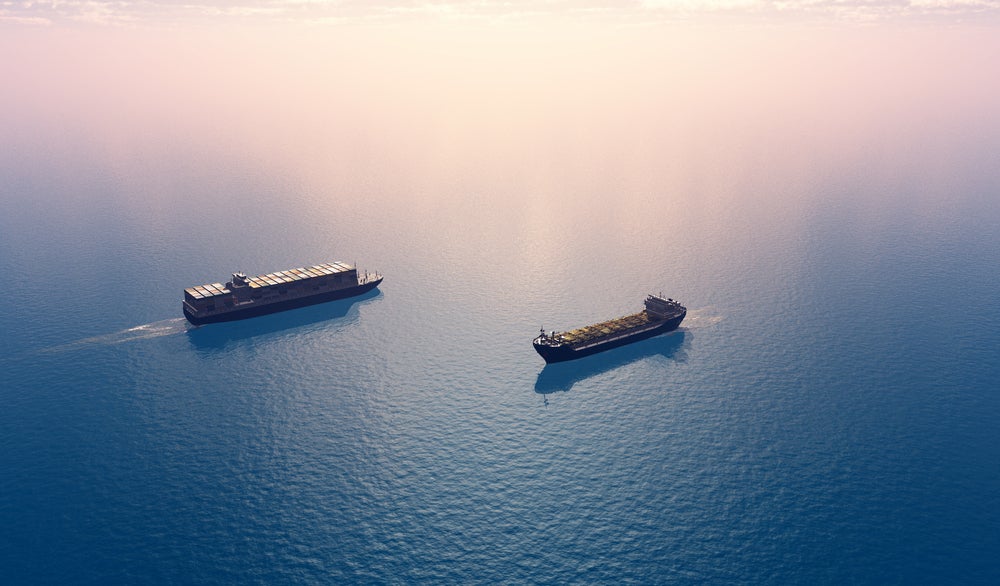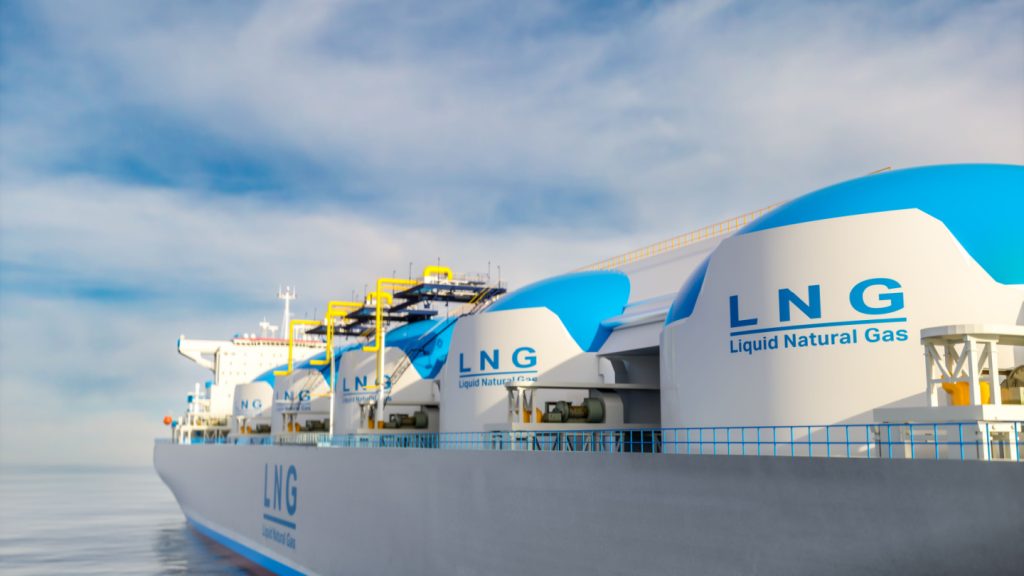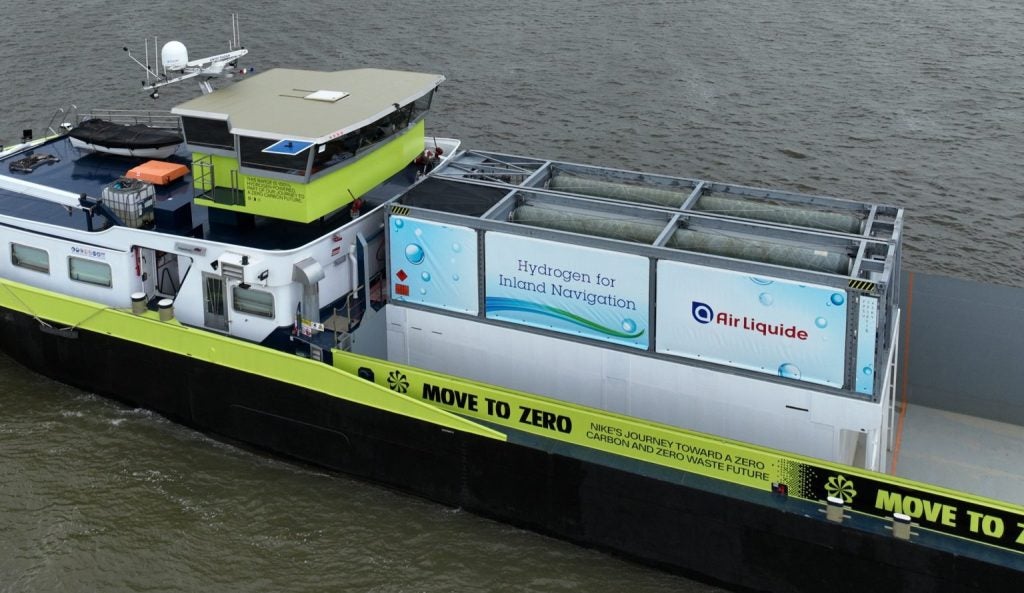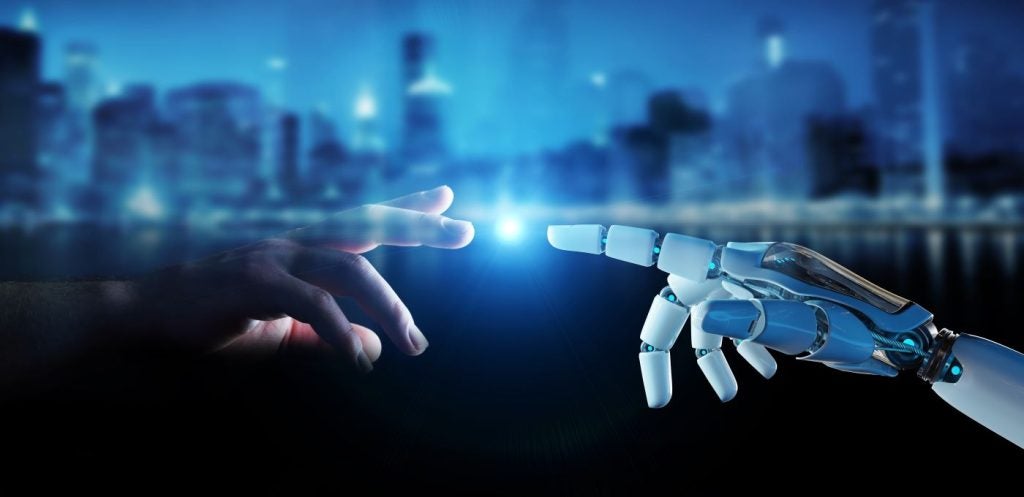When it comes to quick decision-making at sea, seafarers have their limits.
Crew members making navigational decisions and judgement calls in real-time can easily get things wrong, especially in low-visibility conditions such as nighttime or fog.
To complicate matters, watchkeepers who vigilantly monitor the horizon for lengthy periods can become fatigued, potentially leading to a human error that results in a collision.
It does not help that the navigation tools and collision avoidance systems employed by seafarers two centuries ago remain largely unchanged today.

Industry safety performance has unacceptably plateaued
The significant number of reported maritime incidents each year highlights the ongoing problem that shipping companies face in getting their vessels safely from point A to B. While existing navigational tools help, they can never completely eradicate the risk of collisions or groundings – especially with many incidents reportedly occurring due to human error.
The underlying cause of human error is a contributing factor in 75% to 96% of maritime incidents, according to Allianz. The firm also attributes onboard mistakes to generally poor or badly executed safety practices, a lack of training and inadequate risk assessments.
As Together in Safety, Safety4SEA, and other non-regulatory maritime consortiums for improving safety have concluded, incidents and accidents in recent years could and should have been avoided. They also believe that the industry’s safety performance has plateaued to an unacceptable level during the same period.
While existing navigational tools help, they can never completely eradicate the risk of collisions or groundings – especially with many incidents reportedly occurring due to human error.
According to the European Maritime Safety Agency 2022 Annual Overview, there were 2,637 marine casualties and incidents reported throughout 2021 on EU-flagged vessels and within EU waters.
This figure will be higher given that non-EU flagged vessels were not included. The figure is down 166 compared to 2019, after a six-year period with a stable number of occurrences – there were an average of 2,665 casualties between 2014 and 2019.
Incidents may have dropped since 2019, but with 21,173 reported from 2014 to 2021, the risks facing crew members remain worryingly high in an industry that is still considered one of the most hazardous.
These incidents and the associated fragility of the maritime industry all lead to significant direct and indirect costs, from billions of dollars in damages and associated downtime, environmental harm, and supply chain delays to health and safety incidents for crews.
How AI makes navigation safer
Maritime companies empower their crews by embracing AI-powered technologies that support situational awareness and safe navigation at sea through constantly observing and reliably analysing a vessel’s surroundings.
Meanwhile, the crew benefits from a reduced workload due to automation handling daily tasks.
This enables captains and officers to remain alert and focused on complex navigation matters and to be better prepared to make important decisions. They can also respond quickly when alerted to hazards such as sailing too close to another vessel, high pitch and roll, and safety compliance violations.
The benefits for owners and fleet operations teams include a real-time view of navigational situations and the ability to use data insights to enhance their fleet safety performance.
The insights and data generated by an AI-powered platform enable fleet managers and operators to better understand their fleet's performance and identify unsafe and inefficient behaviours that require corrective actions.
The future: automated watchkeeping
Now that the technology is readily available to steer ships safely, maritime must follow the example of other industries such as aviation and automotive that have already installed enhanced safety and situational awareness technology on planes and in cars.
While fully autonomous vessels for commercial shipping in open oceans remain on the horizon, the good news is that maritime companies are automating elements of watchkeeping now.
In a digital world where technology and people co-exist, shipping companies must invest in technologies that will make incidents far less likely, helping protect seafarers’ lives while saving shipowners and operators from huge post-event payouts.
Owners and operators that utilise advanced technologies to radically make their vessels safer and more operationally efficient will seize real competitive advantage, and also become known as the pioneering force in creating a safer, more profitable and more sustainable industry.















